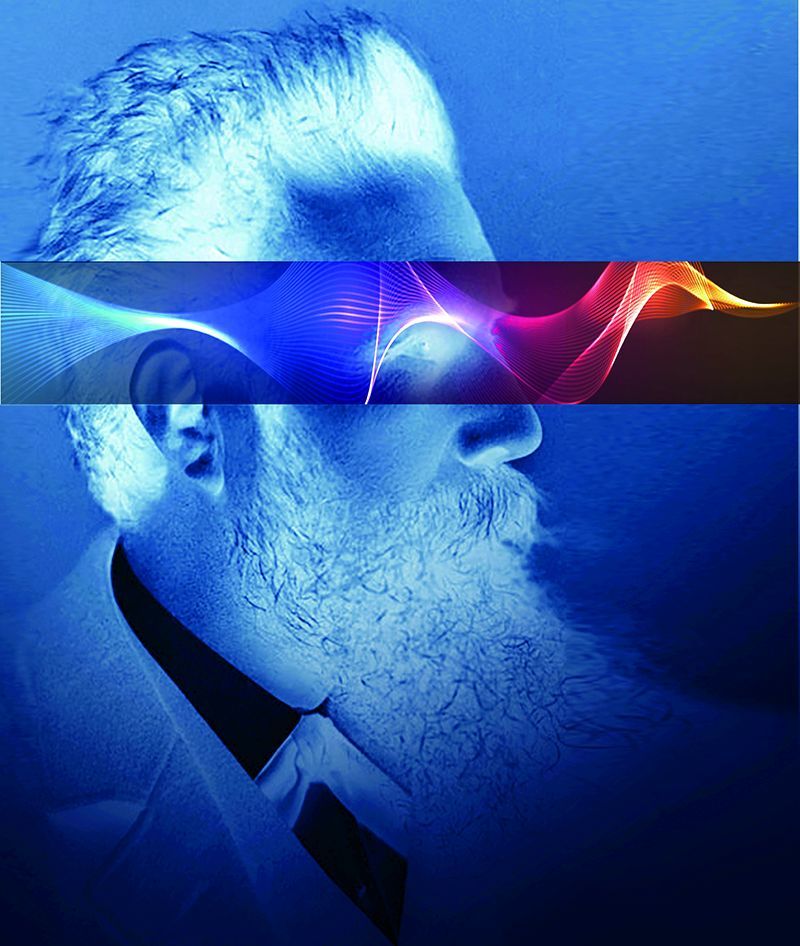
Your Alma Mater – History Meets Future
The University of Würzburg is in the unique situation that it can celebrate twice as many anniversaries as most other universities. The simple reason for that: It was founded twice. The first foundation of 1402 did not last for very long, mostly due to financial problems. In 1582 however, Prince Bishop Julius Echter von Mespelbrunn founded the University again, endowing it with sufficient property and funds. He commissioned a new building, now called the „Old University“, housing the four founding faculties of Theology, Philosophy, Medicine and Law. In 1802, Würzburg became a part of Bavaria and the University was transformed into a secular state University. During the 19th century and the early 20th century, the University of Würzburg expanded steadily, not least due to the international repute of eminent scholars among its faculty, such as the philosophers Schelling and Brentano or the physicians Roentgen, Virchow and von Koelliker.

Illustration: Markus Westendorf
A total of 14 Nobel Laureates have – at least temporarily – researched and taught at the Julius-Maximilians-Universität Würzburg. The most famous one is Wilhelm Conrad Röntgen, he was awarded the first Nobel Prize for Physics in 1901 for his discovery of x-rays in 1895 at the Institute of Physics of the Julius-Maximilians-Universität Würzburg.
With its 29,000 students, the JMU belongs to the most active and successful German universities in raising research grants. True to its motto ‘Science for Society’, the Julius-Maximilians-Universität Würzburg (JMU) is committed to advancing research in a wide range of disciplines.
In 2020, the University of Würzburg reached place 140 in the Times Higher Education World University Rankings (more than 1,500 universities worldwide) and now ranks 13th among German universities.
The Humanities moved to the „New University“ at the end of the 19th century. At the then northern perimeter of the city new institutes for the natural sciences and medical research were installed. Important additions to the university were the new university hospitals in Grombühl and the campus "Am Hubland“, located on a hill towering Würzburg. The medical campus is currently undergoing a complete modernization and many new research institutions are being added. Inaugurated in 1969, “Am Hubland” is also steadily receiving new teaching and research infrastructure. It is the location of the natural science institutes, such as the reputed Biocenter, and major parts of the humanities. An area of the same size as the current Hubland Campus has been opened with new research institutes and infrastructure such as childcare facilities.
Since the 1980s Würzburg has seen an enormous rise in research activity, catalyzing and being catalyzed by an exponential increase in competitive extramural funding. And the story is likely to continue, not least thanks to heavy investments in infrastrucutre of several hundred million Euros over the next few years.
Thanks to the long tradition of the University, some students study in old, historic buildings such as the Old University, the New University at Sanderring or in the Toscana Hall of the Residence. This does not mean, however, that students and scientists in Würzburg all work in historic surroundings. Students of Medicine are taught in state-of-the-art Centres for Operative and Internal Medicine. The new buildings for Computer Science and Pharmacy are only a few years old, as are the sports centre and the central lecture hall building at Hubland. It is this mixture of the historical and the modern which makes Würzburg such an attractive and pleasant place.
1,000 careers, 1 story
Founded in 2008, the University Alumni Network currently has around 45,000 members. About 4,000 of the registered JMU network Alumni live abroad, e.g. as exchange students or visiting researchers, and therefore cannot meet for exchange. 169 of them are now presented in the first Alumni web magazine to facilitate a worldwide JMU exchange and networking.
Images: University of Würzburg; press office